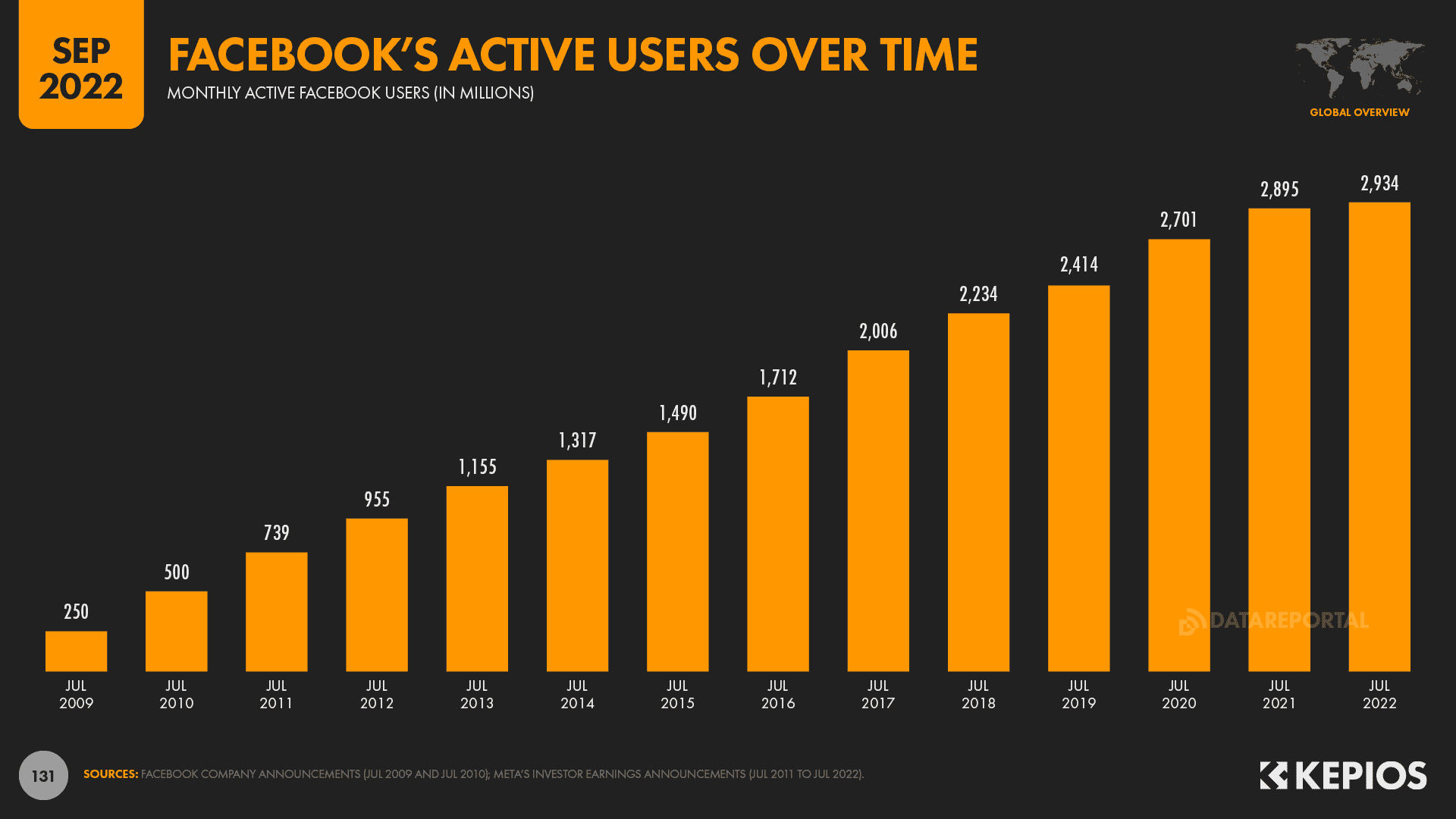22
Sep
Social media management and analytics tools are essential for businesses and marketers to effectively manage their social media presence, streamline workflows, analyze performance, and optimize their strategies. Here's an introduction to these tools: Social Media Management Tools: Hootsuite: Hootsuite is a popular social media management platform that allows users to schedule and publish content across multiple social media platforms, monitor conversations, engage with the audience, and analyze performance. Buffer: Buffer is another widely used social media management tool that offers features like content scheduling, team collaboration, analytics, and integration with various social media platforms. Sprout Social: Sprout Social provides a…









